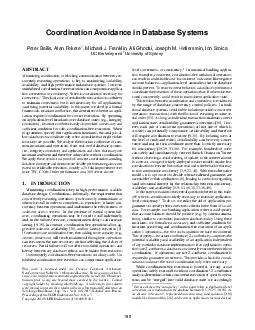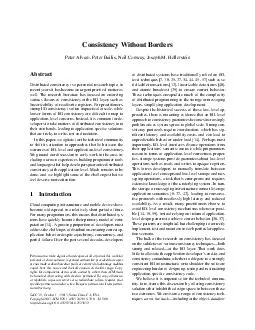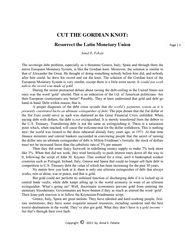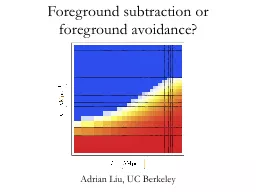PDF-Coordination Avoidance in Database Systems Peter Bailis Alan Fekete Michael J
Author : karlyn-bohler | Published Date : 2015-01-14
Franklin Ali Ghodsi Joseph M Hellerstein Ion Stoica UC Berkeley and University of Sydney ABSTRACT Minimizing coordination or blocking communication between con currently
Presentation Embed Code
Download Presentation
Download Presentation The PPT/PDF document "Coordination Avoidance in Database Syste..." is the property of its rightful owner. Permission is granted to download and print the materials on this website for personal, non-commercial use only, and to display it on your personal computer provided you do not modify the materials and that you retain all copyright notices contained in the materials. By downloading content from our website, you accept the terms of this agreement.
Coordination Avoidance in Database Systems Peter Bailis Alan Fekete Michael J: Transcript
Download Rules Of Document
"Coordination Avoidance in Database Systems Peter Bailis Alan Fekete Michael J"The content belongs to its owner. You may download and print it for personal use, without modification, and keep all copyright notices. By downloading, you agree to these terms.
Related Documents














